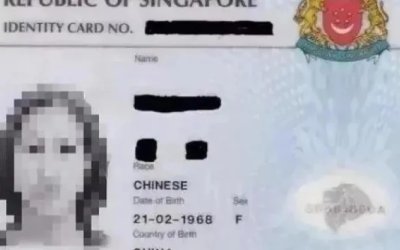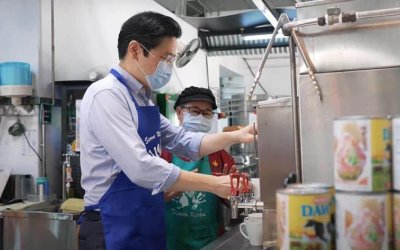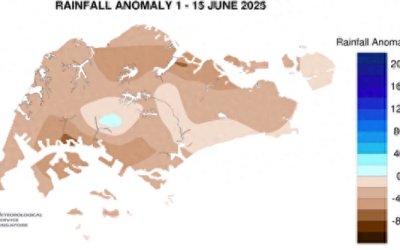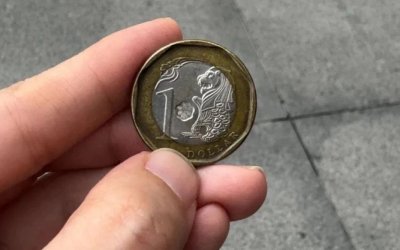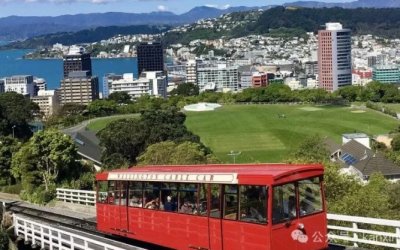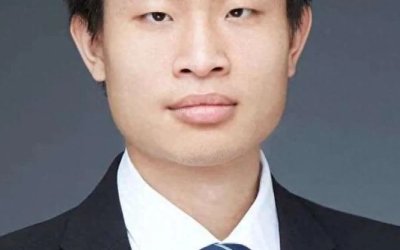A major factor for rising healthcare costs is that we are getting older, and as we get older, we are more likely to fall seriously ill. Over the last five years, the number of Singaporean seniors increased by almost 20%, from 560,000 to 690,000 now. We are on the verge of becoming a super-aged society. These are not macro numbers, it directly affects individuals and families. So, when in a family, one member grows older and falls seriously ill, the entire family feels the burden of healthcare costs and also the caregiving burden.
The second reason, advancement in medical technology. Technological advancement can make a car or a smartphone cheaper and better. But in healthcare, it is often not the case. New treatments may work better, but always cost more. For example, advancement in orthopaedic surgeries have made knee replacements much easier to do. In my constituencies, I met many seniors who have gone through knee replacements. Sometimes, they have gone through both and when I meet them – I have gone through one – we end up comparing our battle scars.
In the past, people with degenerating blood vessels in their eyes due to old age, they will lose their central vision. Now, the condition can be treated and controlled through repeated intravitral injections. These advancements allow a person who cannot walk, to walk again; allow a person who would have been blind, to see again.
The value to the patients is priceless. The cost to the patients has also gone up.
Third, healthcare costs inflation. Even for the same treatment, not talking about medical advancement; the same treatment, the cost has gone up. Inflation all around the world has gone up in recent years and that has also affected healthcare costs. A key component of healthcare delivery cost is manpower.
In Singapore, manpower is more than half of the cost to run the healthcare system. We all agree we need to compensate our healthcare workers fairly and competitively. As healthcare demands have gone up in many countries, the competition for medical manpower is now international and has become more intense. And this pushed up manpower costs and, therefore, healthcare costs.
Finally, insurance. Insurance gives us peace of mind. But when the coverage becomes too generous down to the last dollar, we start to see excessive prescriptions and tests and even unnecessary treatments. This is the classic buffet syndrome, which has driven up claims. Already paid for, might as well overeat.
It has driven up claims and, therefore, it has driven up insurance premiums. Yet, it is frustrating to see insurance companies continue to offer unsustainable terms – presumably they are competing for market share. So, how do we address rising healthcare costs? We need to first recognise two truisms in healthcare financing.
The first truism is that, ultimately, the people always pay. Let me explain with a personal example. When my wife and I moved to Switzerland for a year for me to do my Master's programme, that was in 1999, we had to make a social security payment. I cannot remember the name, but it was not cheap. A few thousand Swiss francs for the both of us. It was compulsory. If we do not pay, we could not live in Switzerland. Then, we got pregnant. My wife found a good gynaecologist. Each time we visited her, we can just go in and go out. We did not have to pay anything. Was it really free? Not really. We paid for it already, through the rather expensive social security fee.
In Britain, the National Health Service (NHS) operates by the principle of free healthcare at the point of delivery. No UK government has ever touched that principle. It continues to be free at the point of delivery.
But is it really free? Not really. The British have to pay high taxes to finance the NHS, because there is no cost at the point of healthcare delivery, the waiting times at the NHS are very long. I talked about eight million people waiting. So, British patients are also paying with their time and their patience.
There are different ways to pay for healthcare: by taxes, by compulsory social security payments, through insurance premiums or personal savings or your personal time. Ultimately, the people always pay one way or another. That is truism number one.
11.45 am
This leads to the second truism, which is how we pay affects how much we pay.
If a government uses taxes to make healthcare "free" at the point of delivery, then it will likely lead to the buffet syndrome that I just mentioned. There will be over-consumption, wastage and high-cost inflation. If a government leaves the people to buy their own health insurance, people will tend to be very careful, which can moderate healthcare expenditure. But if someone did not buy insurance and is uninsured, they will be underserved.
That is why in Singapore, we weaved together a more robust way to pay for healthcare. It comprises subsidy funded by taxation; MediSave which is own personal savings; MediShield Life which is a national insurance scheme; and MediFund which is the final social safety net – what we termed S+3Ms. S+3Ms ensures universality because it provides all Singaporeans access to quality healthcare. It is also a targeted system, focusing assistance on those who need it the most.
To illustrate, subsidies of up to 80% are extended to C Class wards in public hospitals, but not A Class wards, not private hospitals. MediShield Life covers a significant part of the remaining bill after subsidy, but we ensure some co-payment by patients, mostly through MediSave, so that there is less of a buffet syndrome. MediFund comes in for the lowest income who cannot afford the co-payment.
This is a key reason why we can achieve good health outcomes with national healthcare spending of 5% of GDP, compared to jurisdictions with blanket assistance schemes. With these two truisms in mind, what can we do and what are we doing about rising healthcare costs?
First, let me start with the S, of S+3Ms. Subsidies will have a big role to play.
When I first joined the Government in 2015 and entered this House, I was the Acting Minister for Education (MOE). MOE's budget was the second largest amongst Ministries, at about S$12 billion, and only behind the Ministry of Defence's (MINDEF's). MOH's was the distant third, just over S$9 billion. Today, nine years later, I become Minister for Health. MOH's budget has far surpassed MOE's, to almost S$19 billion and not very far behind MINDEF's.
